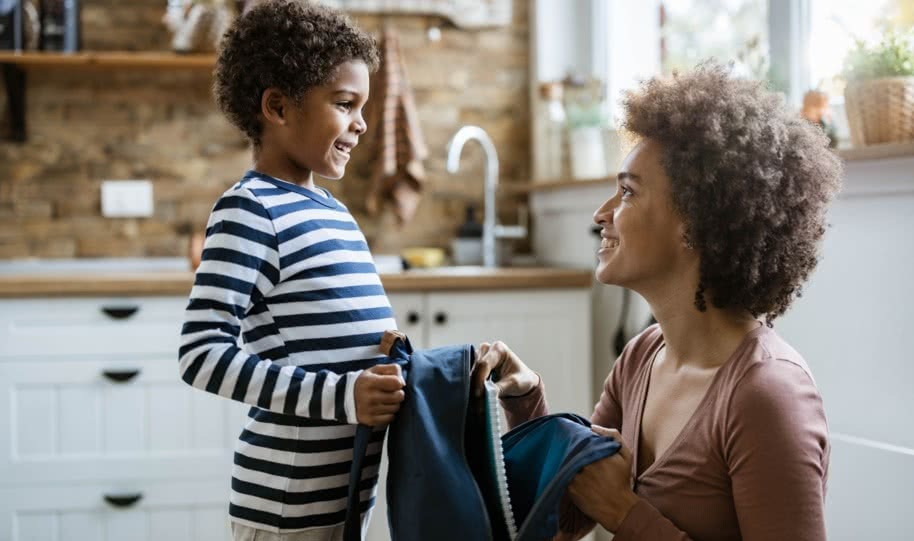
![]()
For some children returning to school will mean that it will be the first time they have stepped foot in a classroom in a while.
In a non-traditional return to the classroom following Covid-19, children as young as four will be expected to remain in small class ‘bubbles’ and adhere to social distancing measures.
Understandably, it is leaving many parents concerned that their children may not understand the new rules or not be able to keep themselves safe if they don’t follow the guidance.
Colin Foley, a specialist leader in education and training with 25 years teaching experience and member of the leading British Association “ADHD Foundation Neurodiversity Charity” said: “Many children, particularly the youngest primary school pupils, will struggle to understand what a bubble is, or the importance of it.
“Similarly, they won’t know what distance one metre, or two metres is. In the school building signage will help with markers on the floor, but when they are outdoors and, in the playground, it’ll be difficult for them to know where they can and can’t go.”
A survey* of 6 to 14 year olds by Equazen, found that seven in ten children are nervous about the return to school. Nearly a third (30%) were also worried that others wouldn’t be as responsible about social distancing and handwashing as them.
Creative ways to teach social distancing
“One way to teach them to understand physical distancing is by teaching them to use ‘space arms’. Explain that when they go back to school, if they are asked to try and distance, then if they put their ‘space arm’ out straight and can touch the person around them, they may be too close.
“Remember however, that some children are nervous in a new school year and will be more overwhelmed than normal with new rules in place so keep everything very positive and don’t scare them by making them continually do it. Instead use it as strategy to help them understand what personal space is. Then if their teacher must try and enforce it, they won’t be worried about not understanding.”
When asked if they are aware of any new rules they’ll have to follow when they’re back at school, over two thirds of children (69%) said they were aware, whilst nearly a quarter (23%) admitted they didn’t know the new rules.
“During the holidays, practice and rehearse social distancing too”, advises Emma Weaver, an early years education expert.
“Have your child recite times where they have experienced physical distancing in the community, such as queuing outside shops, so you know they understand it. Practice and rehearse together both at home and outside. Show your child how this may look at different times in the school day, for example, arrival, departure time, in lessons and during lunch time.”
Explain ‘bubbles’ to them
“Referring to friendship groups and classes as ‘Bubbles’ is very new terminology for children” says Colin.
“Explain that bubbles stay together and that we can’t play with people outside of our bubble. Be clear that they may not be with the same friends from the previous year and that lunch times and break times may happen at different times.
“Support them with this though by setting up pen pal systems and arranging video calls to certain friends when the child is at home. It will be important to support your child to feel a sense of belonging and connectedness whilst they are in bubbles.”
Children with learning difficulties
Emma Weaver, who is also Early Years’ Service Lead at the ADHD Foundation warns of addressing the specific obstacles children with special educational needs might have to overcome. “Children with learning difficulties such as ADHD and Autism thrive in routine, so leaving school unexpectedly and returning after a long period will require substantial preparation. Going back to school with new changes will be a big adjustment.
“Speak to their school and arrange a time for you and your child to visit and view the new school layout. This will help your child process the changes and know what to expect. It can also assure them their routine will return with familiar faces.”
*The survey commissioned by Equazen and carried out by OnePoll asked 1000 UK children aged 6-14 years old.